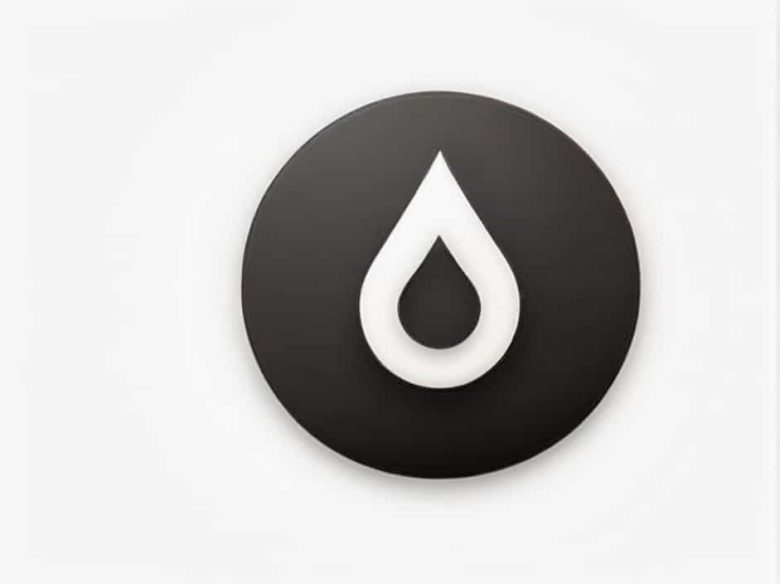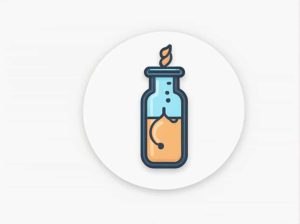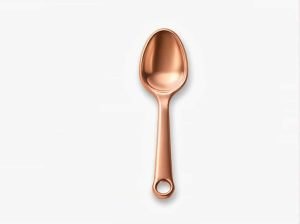Iodine is an essential chemical element with a significant role in medicine nutrition and industry. It is commonly known for its antiseptic properties and role in thyroid function. But what is the chemical symbol for iodine and what are its properties and uses?
In this topic we will explore the symbol for iodine its atomic structure properties and applications.
What Is the Chemical Symbol for Iodine?
The symbol for iodine is “I”.
Understanding the Symbol “I”
- Each chemical element has a unique symbol based on its name.
- Iodine’s symbol “I” comes from the Greek word “iodes” meaning violet or purple due to the purple vapor iodine produces when heated.
- It is part of the halogen group (Group 17) on the periodic table.
Basic Information About Iodine
| Property | Value |
|---|---|
| Symbol | I |
| Atomic Number | 53 |
| Atomic Mass | 126.90 u |
| Group | 17 (Halogens) |
| Period | 5 |
| State at Room Temperature | Solid |
| Color | Dark gray/purple |
Atomic Structure of Iodine
Protons Neutrons and Electrons
- Protons: 53
- Neutrons: Usually 74 (for the most common isotope I-127)
- Electrons: 53
- Electron Configuration: [Kr] 4d¹⁰ 5s² 5p⁵
Iodine has seven valence electrons making it highly reactive and similar to other halogens like fluorine (F) chlorine (Cl) and bromine (Br).
Physical and Chemical Properties of Iodine
1. Physical Properties
- Appearance: Dark gray or purple-black solid.
- Odor: Pungent smell.
- Melting Point: 113.7°C (236.7°F).
- Boiling Point: 184.3°C (363.7°F).
- Density: 4.93 g/cm³.
- Solubility: Slightly soluble in water but dissolves well in alcohol and organic solvents.
2. Chemical Properties
- Reactivity: Less reactive than chlorine and fluorine but still forms compounds easily.
- Sublimation: Iodine can change directly from a solid to a gas without becoming liquid producing a purple vapor.
- Oxidation States: Common oxidation states include -1 +1 +3 +5 and +7.
Where Is Iodine Found?
1. Natural Sources
- Found in seawater seaweed and some minerals.
- Exists in iodate (IO₃⁻) and iodide (I⁻) compounds in nature.
- Major iodine-producing countries include Chile Japan and the USA.
2. Industrial Extraction
- Extracted from seaweed (historically).
- Modern production involves mining iodine-rich brines and caliche ore.
Uses of Iodine
1. Medical Applications
- Essential for thyroid health as a key component of thyroid hormones (T3 and T4).
- Used in iodine tinctures and Betadine as an antiseptic.
- Helps in radiation protection by blocking radioactive iodine absorption in the thyroid.
2. Industrial and Chemical Uses
- Used in X-ray contrast agents.
- Component of dyes inks and photographic chemicals.
- Used in catalysts and disinfectants.
3. Role in Nutrition
- Prevents iodine deficiency disorders (IDD) like goiter.
- Iodized salt is a major dietary source of iodine.
4. Water Purification
- Used in water treatment tablets for purifying drinking water.
5. Agriculture and Livestock
- Used in animal feed supplements.
- Acts as a fungicide and antiseptic in farming.
Iodine Deficiency and Its Effects
A lack of iodine can lead to severe health issues such as:
1. Goiter
- Swelling of the thyroid gland due to low iodine levels.
2. Hypothyroidism
- Fatigue weight gain and slow metabolism caused by low thyroid hormone production.
3. Cretinism (in infants)
- Severe mental and physical developmental issues due to iodine deficiency during pregnancy.
4. Cognitive Impairment
- Iodine is essential for brain development in children.
To prevent deficiency many countries add iodine to table salt (iodized salt).
Iodine Isotopes and Their Uses
Common Isotopes of Iodine
| Isotope | Uses |
|---|---|
| I-127 | Most stable found in nature. |
| I-131 | Used in thyroid treatments and cancer therapy. |
| I-125 | Used in medical imaging and radioisotope therapy. |
Fun Facts About Iodine
- Discovered in 1811 by Bernard Courtois a French chemist.
- Iodine vapor is purple which is why its name comes from the Greek word “iodes”.
- The human body contains about 15-20 mg of iodine mostly in the thyroid.
- Iodized salt programs have helped eliminate iodine deficiency worldwide.
Iodine is a vital chemical element with the symbol “I” and atomic number 53. It is an essential nutrient for thyroid function widely used in medicine industry and food production. Its unique properties including sublimation and antiseptic effects make it one of the most valuable elements in everyday life.



